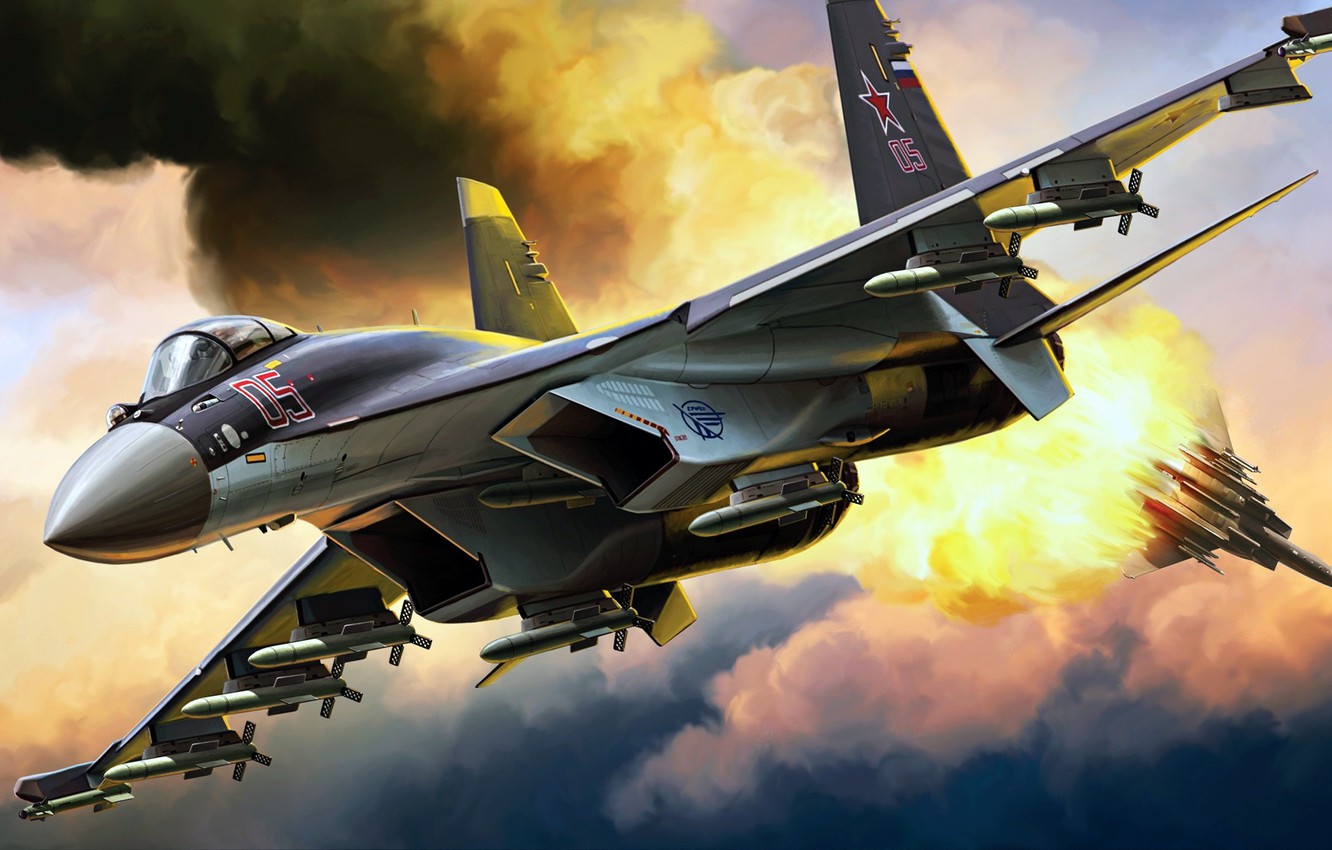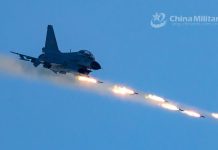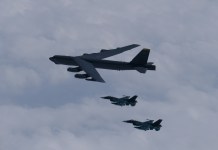In an interview with The Wall Street Journal on June 3, 2023, President Zelensky said that Ukraine was ready to launch a counter-offensive, but “it could take some time and be costly.”
According to Zelensky, Ukraine needs air defense systems for a counteroffensive.
“Ukraine needs 50 Patriot batteries,” he said.
“Any counteroffensive without control in the sky is very dangerous. Imagine a military man who understands that he has no roof. And he does not understand why neighboring countries have it,” the President said.
President Zelensky’s desire for Ukraine to acquire 50 Patriot batteries is a clear indication that not all is well with Ukraine’s counteroffensive plans. As far as air defense (AD) is concerned, the gap between what Ukraine needs and what Ukraine currently has is astoundingly large. It’s moot if it can ever be filled, let alone before the counteroffensive!
So far, the West has committed to transfer five Patriot batteries to Ukraine. Of these, only two have been delivered.
Deployed in Kyiv, the two Patriot batteries have been repeatedly struck by Russian missiles and drones. In an earlier analysis, we detailed the attack on the Patriot system in Kyiv on May 16.
Since then, there have been additional attacks on the two Patriot batteries. As such, there are justifiable doubts about the operational status of the Patriots protecting Kyiv.
Attack On Main Directorate of Intelligence
On May 30, Russian forces attacked the headquarters of the Main Intelligence Directorate (GUR) of the Ukrainian Defense Ministry on Rybalsky Island in Kyiv using cruise missiles.
The fact that the Patriot & other air defense (AD) systems were unable to protect GUR is evidence of the degradation of the AD systems deployed to protect Kyiv.
The attack on GUR was preceded by a massive drone strike two days earlier, on the night of May 28. According to the Ukrainian Air Force, Russia used a total of 54 Geran-2 kamikaze drones during the attack that was directed at central regions of the country, in particular at the Kyiv region.
Russia likely used the drones to detect hidden positions of the IRIS-T and Patriot air defense systems and to exhaust their missile ammunition.
The next day, starting the night of May 29, according to the Ukrainian Air Force, Russia struck Ukraine with 37 Kh-101/Kh-555 cruise missiles and 29 Gerna-2 drones, likely crippling AD systems in Kyiv.
Finally, on May 30, Russia struck the GUR, possibly with two cruise missiles. Russian military bloggers speculate that Russia used a subsonic Kh-35U ship-based missile to cause the initial damage to the GUR building, followed by a P-800 Oniks missile to destroy the underground facility.
Ammunition Shortage
While it is possible that the Patriot systems deployed in Kyiv are still operational, there can be little doubt that Ukraine is running short of missiles for systems. President Zelensky acknowledged as much when he recently stated that Ukraine was in the “in the queue for delivery’ of Patriot missiles.
Russia’s Quest For Air Supremacy
For over 15 months, Russia has conducted its military campaign in Ukraine without ever establishing air supremacy. Professionalism and a lot of US/NATO ISR & targeting help have enabled Ukrainian air defense forces to keep Russian Aerospace Force (RuAF) fighters and bombers out of Ukrainian skies so far.

Russia has been forced to rely solely on drones and cruise missiles for attacking Ukrainian infrastructure and interdicting Ukrainian supplies to the battlefront.
Operating well outside the range of Ukrainian AD systems, Russian fighters have been constrained to simply provide battlefield support to front-line troops after establishing local air superiority through air dominance patrols.
With Ukraine poised for a last-hurrah counteroffensive, Russia is now striving to establish air supremacy over entire Ukraine in order to sever Ukrainian supply lines to the battlefront and bring any counteroffensive to a quick halt. Ukrainian supply lines run deep, with Western weapons and ammunition flowing in from central and Western Ukraine, as well as from Odesa.
Russian Attacks On Ukrainian AD Units
As we detailed in an analysis earlier, Russia has been systematically degrading Ukrainian air defense in order to more freely strike Ukrainian targets in the interiors, not just in proximity to the battlefront, as has been the case so far.
According to the Russian Ministry of Defence (RuMoD), during the night on June 1 – June 2, the RuAF carried out a long-range air-based precision-guided strike against enemy air defense assets covering key critical Ukrainian military infrastructure. All the assigned targets have been engaged.
According to the Ukrainian Air Force, Russia used 7 Iskander-M (ballistic) and 3 Iskander-K (cruise) missiles launched from the Bryansk region of the Russian Federation for the attack.
Russia uses its highly accurate hypersonic Iskander-M missile to destroy fortified or underground targets and Iskander-M cruise missiles to attack high-value military targets located in urban areas. The accuracy of the Iskander missiles minimizes collateral damage.
Interestingly, Russia didn’t use its Geran-2 kamikaze drones in the June 1 – June 2 night strike. As mentioned earlier, Russia has been using Geran-2 drones liberally to force Ukrainian AD systems to light up and reveal their positions.
A day earlier, according to the Ukrainian Air Force, Russia had attacked Kyiv with 31 Geran-2 kamikaze drones and likely pinpointed the positions of Ukrainian AD systems. With target positions accurately established, Russia used the best missiles in its arsenal to cripple more Ukrainian AD units in pursuit of air supremacy.

Russia is employing straightforward tactics in its quest for air supremacy – pinpoint Ukrainian AD systems through drone attacks, and destroy the systems with highly accurate and hard-hitting cruise and ballistic missiles.
Conclusion
Zelensky’s remarks to the Wall Street Journal on the need for Ukraine to acquire many more Patriot systems were likely made in earnest.
Military analysts worldwide are skeptical about Ukraine’s ability to mount a successful counteroffensive without air support.
Denying air supremacy to the RuAF by deploying capable AD systems across the country is vital for Ukraine, not just to protect its supply lines but also to enable its own Air Force to play an active role during the forthcoming counter-offensive.
Since Ukraine currently doesn’t yet have the AD capability it requires, it’s likely that Ukraine will delay its counter-offensive till it acquires the additional AD systems, perhaps even a squadron or two of F-16 fighters to boot.
- Vijainder K Thakur is a retired IAF Jaguar pilot. He is also an author, software architect, entrepreneur, and military analyst. VIEWS PERSONAL
- Follow the author @vkthakur





